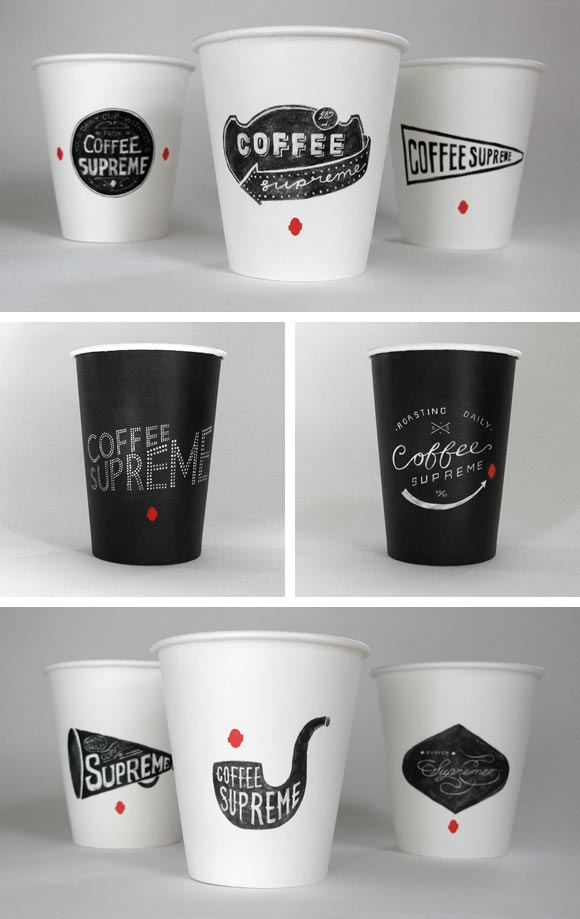

The tissue paper is then transferred onto the porcelain and the ink transfers to the surface, before the piece in question is placed in the kiln. This Italian motif typically features Italian ruins with a decorative, floral border, and is a classic example of transfer printing, where an engraved print is inked and then a piece of tissue paper is placed on the print to pick up the ink.

Similar to their Willow line, Blue Italian is a Spode classic dating back to 1816 featuring their “ blue-on-pearl” technique, resulting in a very distinctive blue color that added incredible visual depth to each piece and that really popped off their quasi-translucent, bone-ash porcelain. All that being said, it’s no surprise that Royal Albert has sold over 150 million pieces of the collection!


OCR is basically an embodiment of all that Britain holds dear, with floral motifs – red, pink and yellow roses in full bloom – that evoke images of English country gardens and tea time. Old Country Roses – Royal AlbertĪlthough acquired in 1896 by Thomas Clark Wild (and with many, many successful patterns made in between), it wasn’t until 1962 that Royal Albert’s most beloved pattern was created, Old Country Roses. Once this pattern was made, fine porcelain became a indicator of social standing in Denmark and pieces from Royal Copenhagen were in high demand. The Blue Fluted pattern was actually TRC’s first dinnerware pattern and it came in different variations, the Full Lace pattern being the fancier, more elaborate of the two, and the Half Lace pattern which was slightly simplified. The Royal Copenhagen porcelain factory (Denmark) was founded in 1775 and was known for its rich cobalt blue. Considering how long some of these patterns have been around, collecting them can be a pretty costly hobby, but we’ll break down ten of the most popular pieces, so you can snag ‘em if you come across them on your search! “China,” called that because decorated, hard-paste porcelain originated there, is somewhat of a cultural phenomenon that’s spanned centuries and continents it’s just as valued now as it was over 1000 years ago when it was first invented! While the Chinese kept the practice of decorating and firing kaolin (hard-paste) clay secret for many years, it eventually spread to Europe and the United States, with iconic styles that have been passed down from generation to generation.


 0 kommentar(er)
0 kommentar(er)
